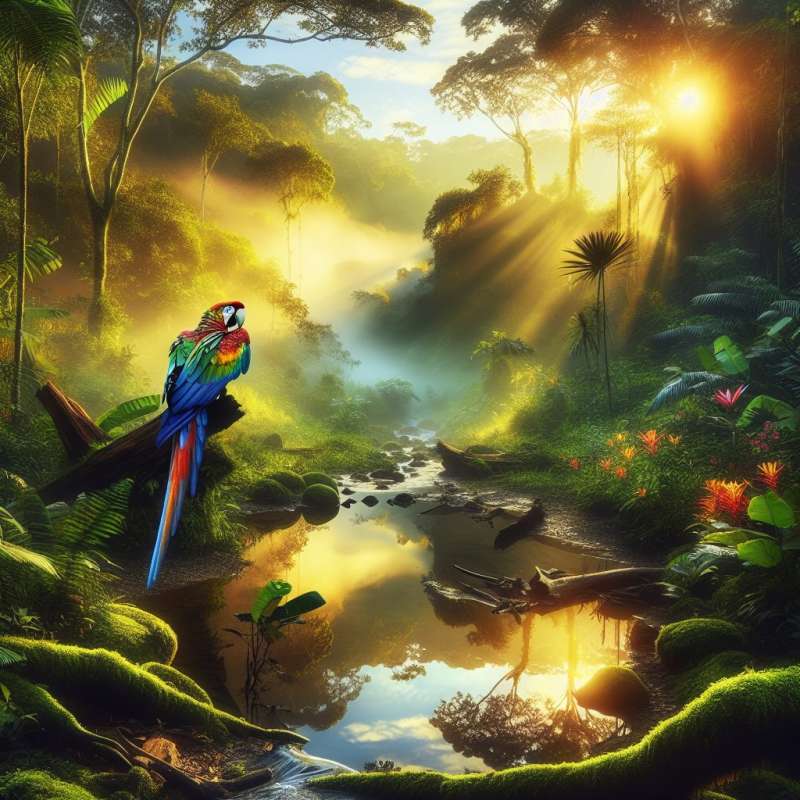
Earth's Diverse Ecosystems
Earth hosts numerous ecosystems, each a dynamic complex of plant, animal, and microorganism communities interacting with the physical environment. These range from lush rainforests to arid deserts, each uniquely contributing to global biodiversity.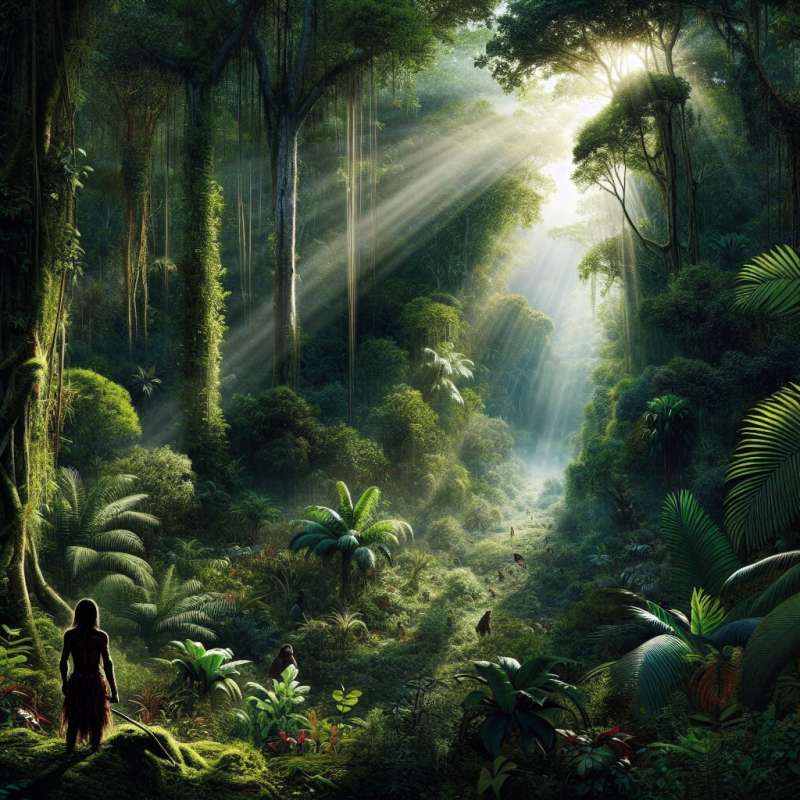
Forests: Earth's Lungs
Forests cover about 31% of land area. Remarkably, the Amazon Rainforest produces 20% of the world's oxygen, hence the nickname 'Earth's lungs'. They also act as carbon sinks, pivotal in climate regulation.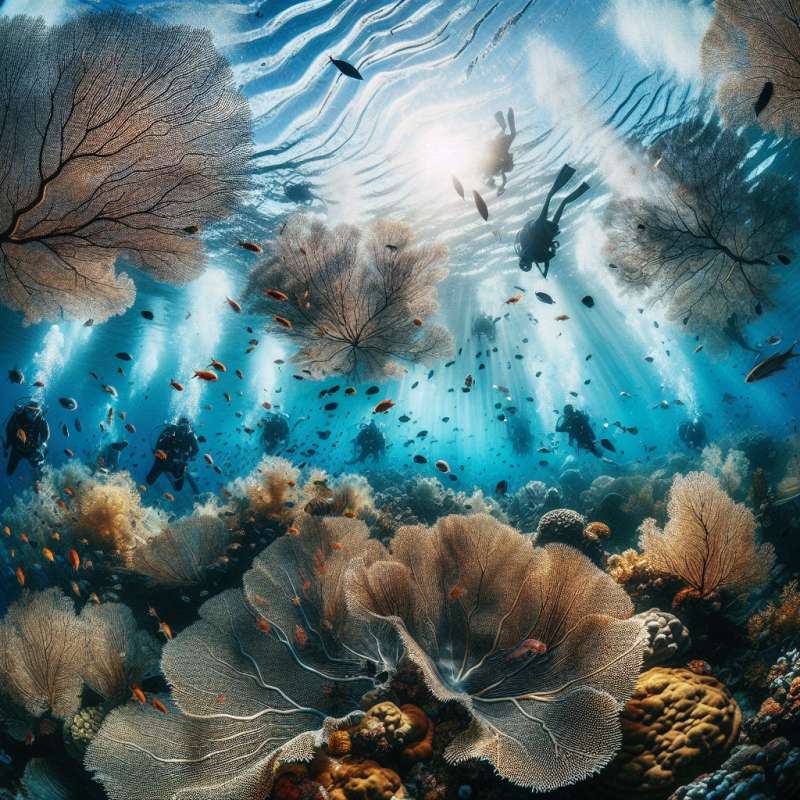
Coral Reefs: Marine Marvels
Coral reefs, often called 'rainforests of the sea', occupy less than 0.1% of the ocean's surface but support 25% of all marine species. They're crucial for coastal protection and fisheries, but are highly sensitive to water conditions.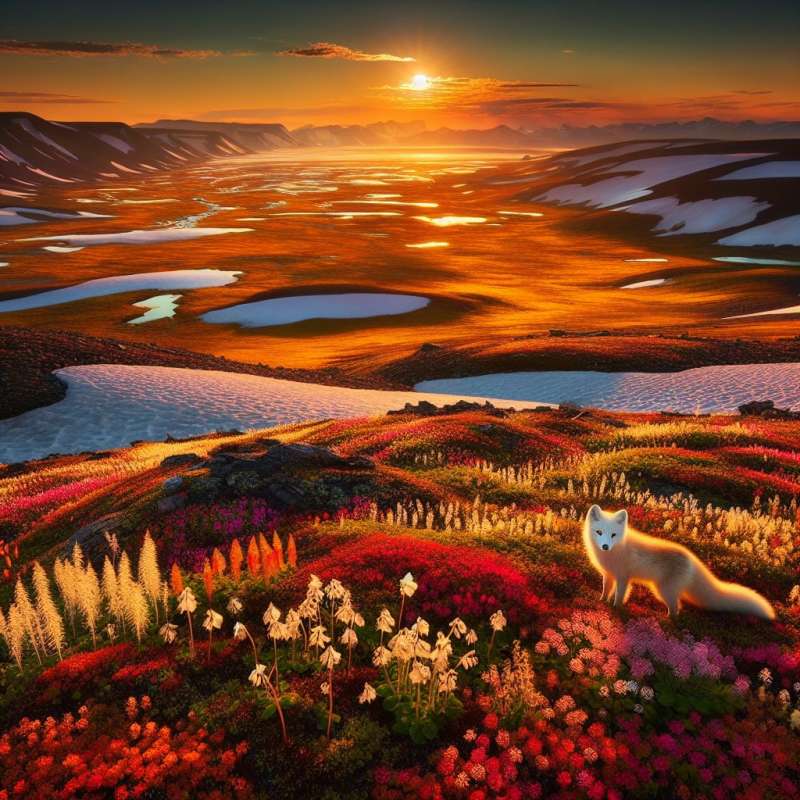
Tundra: Cold Climate Biome
The tundra is the coldest of all biomes, characterized by its permafrost, a permanently frozen layer of soil. Surprisingly, during the brief summers, it bursts into life with a myriad of flowering plants and migratory animals.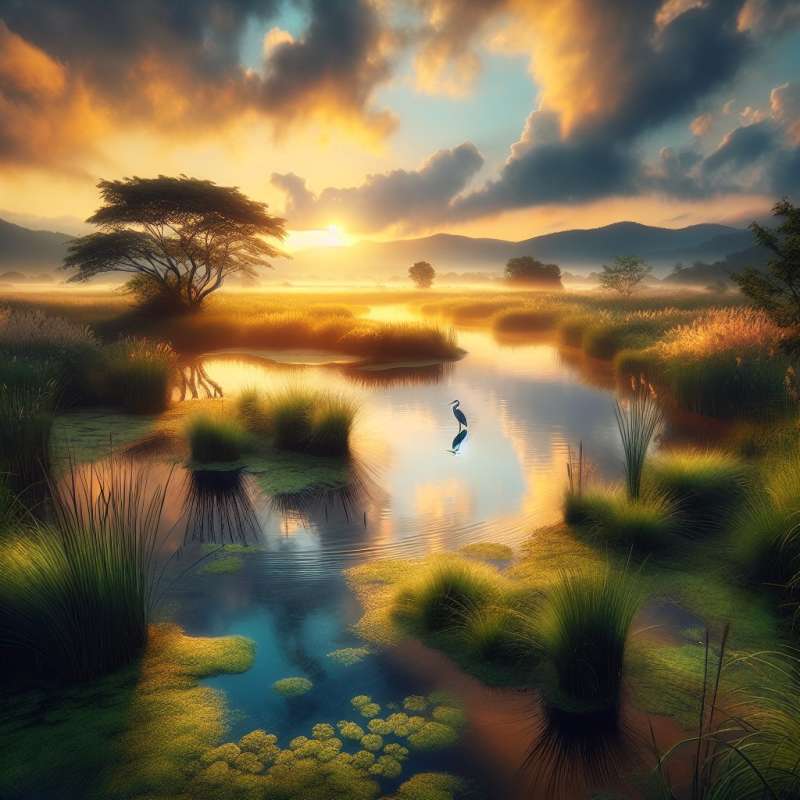
Wetlands: Water-Saturated Regions
Wetlands, including swamps, marshes, and bogs, are among the most productive ecosystems. They provide critical habitat for many species, filter pollutants, store floodwaters, and maintain surface water flow during dry periods.
Grasslands: Earth's Breadbaskets
Grasslands, covering one-quarter of the Earth, are key for human agriculture, providing pastures for livestock and soil for crops. Interestingly, North American prairies can withstand extreme weather events due to their deep-rooted vegetation.
Deserts: Life in Extremes
Deserts make up about one-third of Earth's land surface. Life here has evolved remarkable adaptations for survival. For instance, the Saguaro cactus can absorb up to 200 gallons of water during a rainfall.Rainforest Airborne Seeds
Some rainforest trees release seeds that can travel over 100 miles, carried by wind and birds, ensuring species spread far from their origin.
What percent of land do forests cover?
About 31% of land
Nearly 50% of land
Less than 20% of land
Company